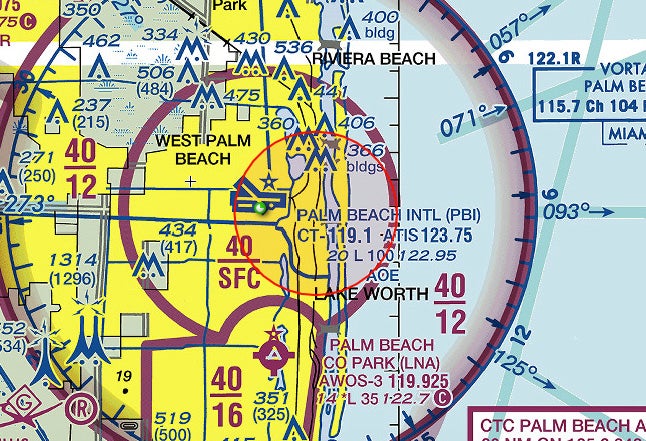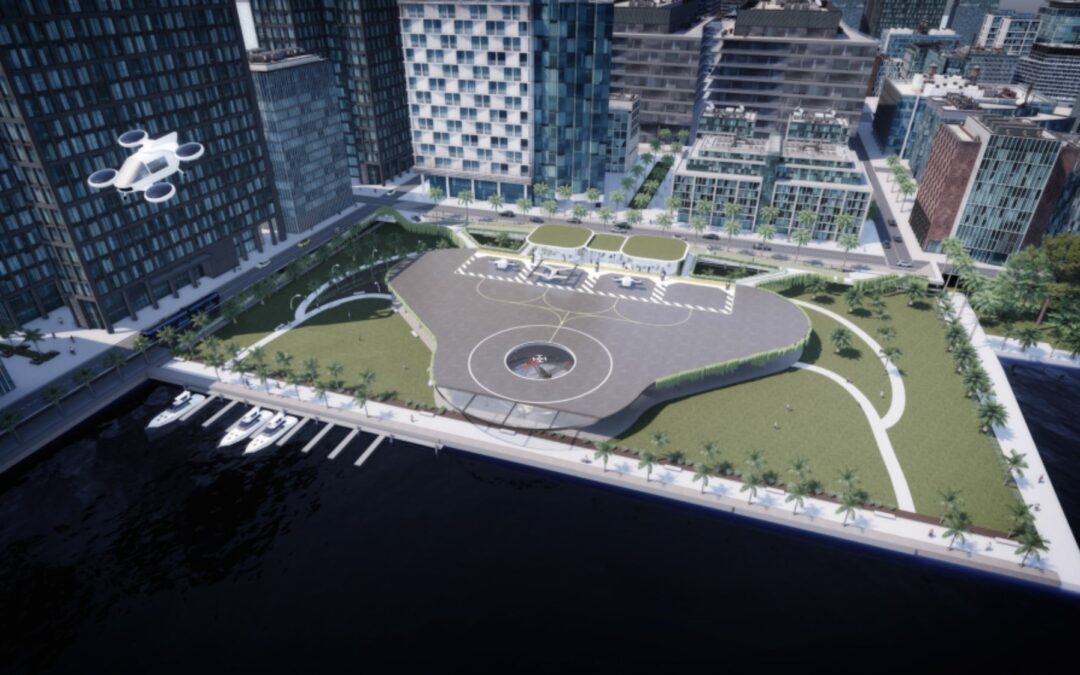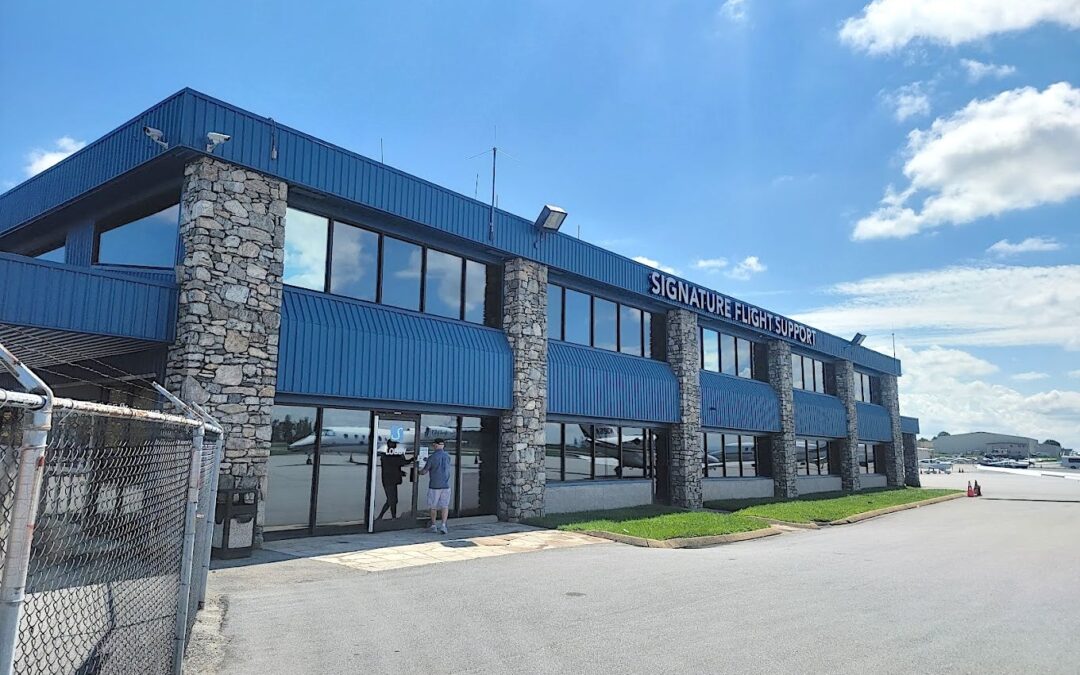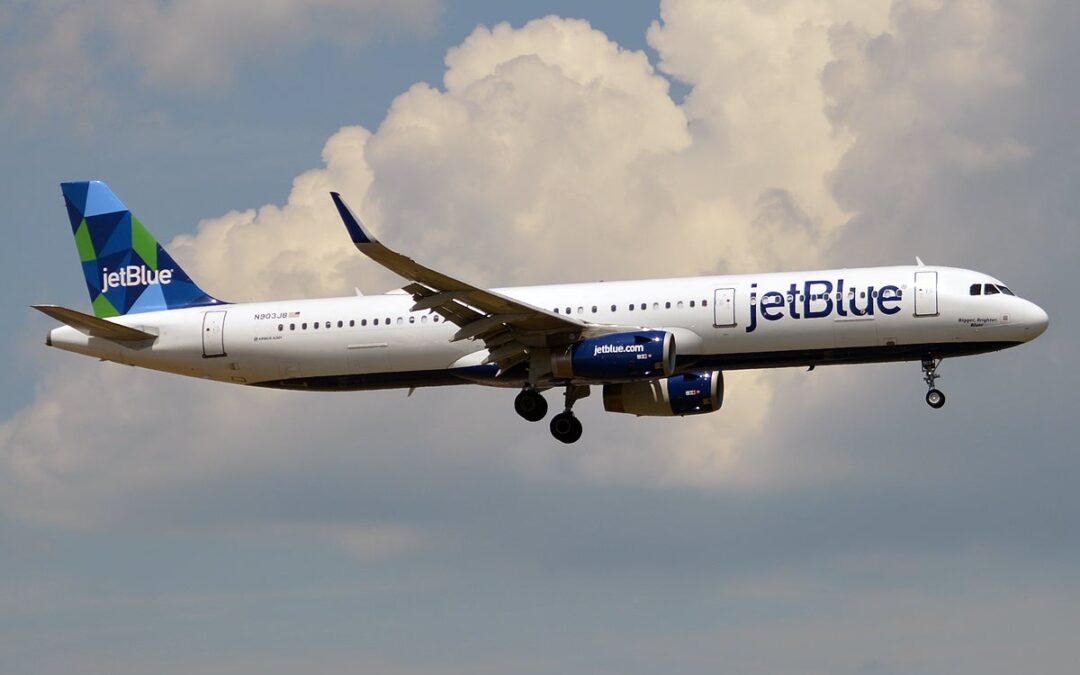“When the president comes to town, we stay on the ground.”
This witticism is often written on the whiteboard in the lobby of FBOs whenever the president of the United States or another VIP comes to town, because the president and VIPs travel in a moving bubble of protective airspace commonly known as a temporary flight restriction (TFR).
Pilots in the vicinity of Florida’s Palm Beach area can expect an increase in Presidential TFRs beginning with the preparations for the inauguration of President-elect Donald Trump.
On January 16, the FAA will be holding an informational meeting at Palm Beach International Airport (KPBI) with representatives from the U.S. Secret Service, air traffic control, Transportation Security Administration, U.S. Coast Guard, department of airports, and North American Aerospace Defense Command (NORAD).
The FAA may institute a local TFR request process similar to the one that was used from 2017 to 2020. Pilots will be required to submit the form 24 hours in advance and, if approved, they will operate on a discrete transponder code that will be issued the morning of the flight by KPBI TRACON.
The Presidential and VIP TFRs are governed by FAR 91.141, which reads: “No person may operate an aircraft over or in the vicinity of any area to be visited or traveled by the president, the vice president, or other public figures contrary to the restrictions established by the administrator and published in a Notice to Airmen (NOTAM).”
The Presidential TFR usually consists of an outer ring that measures 30 nm and an inner ring of approximately 10 miles. For perspective, take a look at the Mode C veil surrounding the primary airports in Class B airspace. That bubble travels with the president across the country no matter what type of aircraft they are flying in. It could be a Boeing 747, a Learjet, or even a Cessna 182 —when the president is on board it becomes Air Force One.
The FAA reminds pilots to check NOTAMs for VIP TFRs before all flights, because they can shift location and time. When the Presidential TFR is in effect near Mar-a-Largo, the residence of Trump, GA operations at KPBI and Palm Beach County Park Airport (KLNA) will be affected.
Most TFRs are static and created to protect the airspace over a special event that attracts a large group of people, like the Super Bowl or an airshow. These TFRs are announced several days in advance and include the times of operation and dimensions of the protected airspace.
Other TFRs can literally pop up with a phone call, such as those created during wildfires to give aerial firefighting crews clear access to the scene.
The FAA publishes a list of daily TFRs, which may be found here.
The information can also be accessed on the Aircraft Owners and Pilots Association’s flight planning page. The information can be acquired both graphically and textually.
The VIP TFRs are announced a day or two before activation, and for a specific amount of time. The precise arrival and departure time of the president or VIP is usually not advertised.
When the TFRs are activated, GA aircraft cannot fly through these areas below 18,000 feet, and the airports lying beneath the airspace are shut down during the specified times.
There are exceptions where the U.S. Secret Service allows “gateway” airports to be utilized where GA aircraft can be screened before entering the TFR or obtain a TSA waiver before entering the TFR.
The shape of the TFRs varies. Sometimes they are created with a “cutout” to allow operations within a heavy traffic area, but there will be restrictions, such as the aircraft cannot be on sightseeing flights or doing practice approaches. The aircraft must be on an IFR flight plan and in constant communication with ATC.
The post Preparing for Presidential TFRs appeared first on FLYING Magazine.





